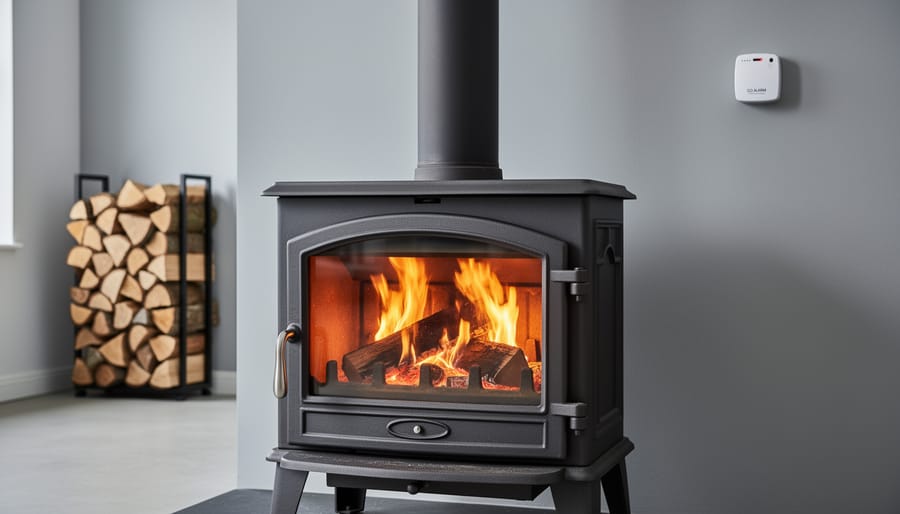As the colder months approach, many people start to think about how they will heat their homes.
For those who use wood as their primary heat source, one important consideration is how long a cord of wood will last.
In this article, we’ll cover everything you need to know about how long a cord of wood lasts and how to optimize your firewood use.
How Much Wood Will You Need This Winter?
The amount of firewood you will need for the winter depends on several factors, including the size of your home, the outside temperature, and how efficient your heating system is.
As a general rule of thumb, you can expect to use between 3 and 6 cords of firewood per winter.
Full Cord vs Face Cord
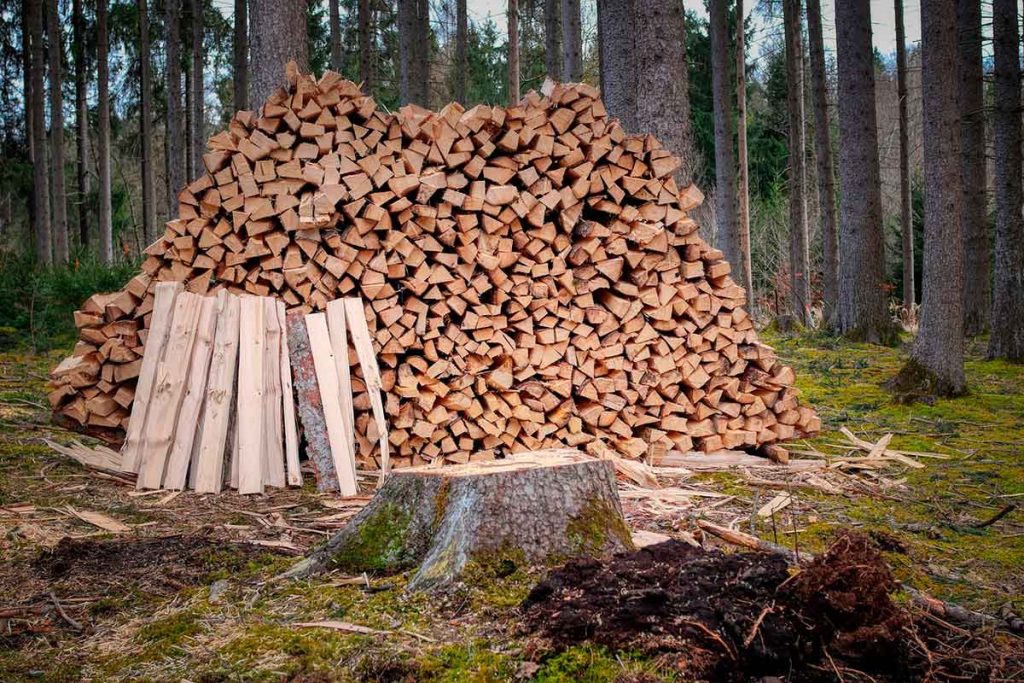
When purchasing firewood, it’s important to understand the difference between a full cord and a face cord.
A full cord is a stack of wood measures 4 feet wide, 4 feet tall, and 8 feet long, while a face cord is a stack of wood that is 4 feet high, 8 feet long, and as deep as the length of the firewood pieces.
A face cord is typically about one-third the volume of a full cord.
Use The Oldest Wood First
When using firewood, it’s important to use the oldest wood first. By following these practices, you can ensure that your wood is utilized efficiently and maintains its effectiveness over time.
If you are using the oldest wood first, you can also prevent the buildup of creosote in your chimney, which can be a fire hazard.
How Long Does a Cord of Wood Last?
Several factors influence the duration of a cord of firewood, including the wood type, level of seasoning, and the efficiency of the burning process.
On average, a cord of well-seasoned hardwoods can last for about 8-12 hours of continuous burning in a stove or fireplace.
However, this can vary depending on the size of your home, the outside temperature, and how often you burn your stove or fireplace.
Difference Between Full Cord and Face Cord
When buying enough firewood, it’s important to understand the difference between a full cord and a face cord.
A full cord is a stack of wood that measures 4 feet wide, 4 feet tall, and 8 feet long, while a face cord is a stack of wood that is 4 feet high, 8 feet long, and as deep as the length of the firewood pieces.
A face cord is typically about one-third the volume of a full cord.
Factors That Can Affect The Weight Of The Cord

The weight of a cord of wood can vary depending on several factors, including the type of wood, the moisture content, and the length of the pieces.
A cord of hardwood can weigh anywhere from 2,500 to 5,000 pounds, while a cord of softwood can weigh between 1,500 and 2,000 pounds.
It’s important to know the weight of your cord of wood so you can properly store and handle it.
How Long Does a Cord of Wood Last? Exactly How Long Should Wood Be Seasoned to Prolong Its Lifespan?
The lifespan of a cord of wood can be prolonged by taking proper care of it. First and foremost, it’s important to ensure that the wood is exactly how long properly seasoned before use. This means that the wood has been dried for exactly how long at least six months and has a moisture content of less than 20%. Properly seasoned dry wood burns more efficiently and last longer.
Additionally, storing your wood in a dry and well-ventilated area is important to prevent mold growth and excess moisture. It’s also important to keep the wood off the ground by stacking wood on pallets or other supports to allow for airflow underneath.
Lastly, using a high-efficiency fireplace insert can help prolong the lifespan of your cord of wood by burning the wood more efficiently.
It is important to acknowledge that the duration for which a cord of wood will last can vary based on various factors, such as the wood type and the storage and burning conditions it is subjected to.
By taking proper care of your firewood and ensuring that it’s exactly how long seasoned and stored, you can maximize its lifespan and get the most out of your investment.
Other Measurements Of FireWood
While a cord of wood is the most commonly known measurement of firewood, there are other measurements that you may come across.
A face cord, also known as a rick or stack, is a stack of wood that is 4 feet high, 8 feet long, and as deep as the length of the firewood pieces.
A truckload of wood is typically around 1/2 to 2/3 of a cord, depending on the size of the truck and how tightly the wood is stacked.
Keep the Number of Fires as Needed
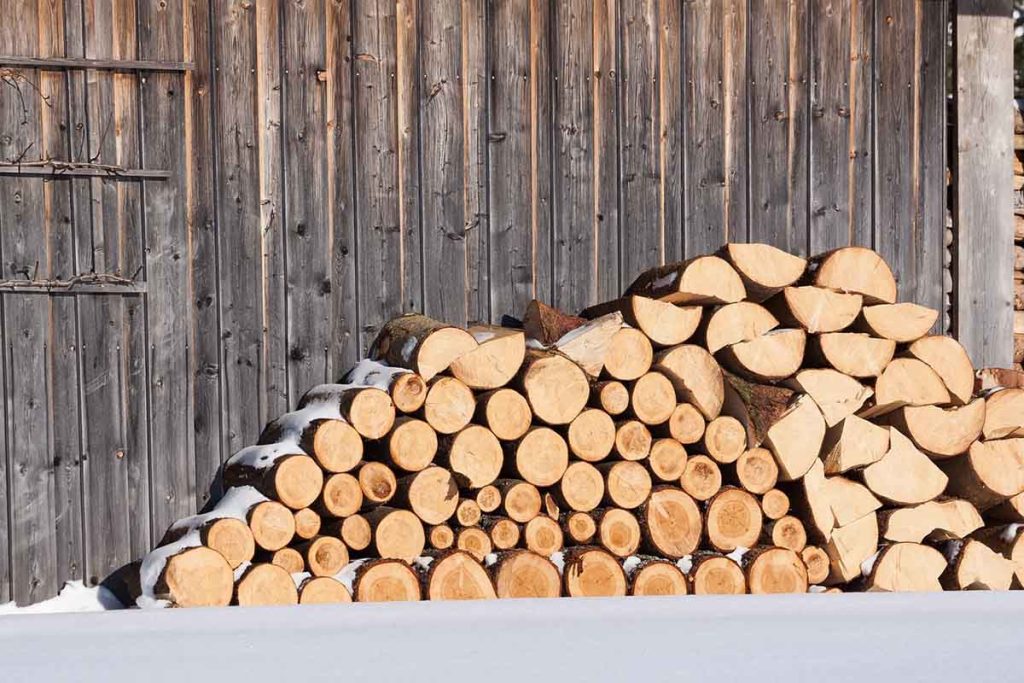
To prolong the lifespan of your cord of wood, it’s important to keep the number of fires as needed.
Burning too many fires can quickly deplete your supply of wood and increase your heating costs.
It’s important to only burn fires when necessary and to use a high-efficiency stove or fireplace insert to ensure that you’re burning your wood as efficiently as possible.
How Can You Get a Cord of Wood to Last Longer?
There are several ways to get a cord of wood to last longer. First, it’s important to use properly seasoned wood and to store it in a dry and well-ventilated area.
Using a high-efficiency stove or fireplace insert can also help prolong the lifespan of your cord of wood by burning the wood more efficiently.
Additionally, using hardwoods rather than softwoods can help your wood last longer due to their denser composition.
Finally, minimizing the number of fires and using a smaller amount of wood each time can also help your stove cord of wood last longer.
Hardwood vs Softwood Firewood?
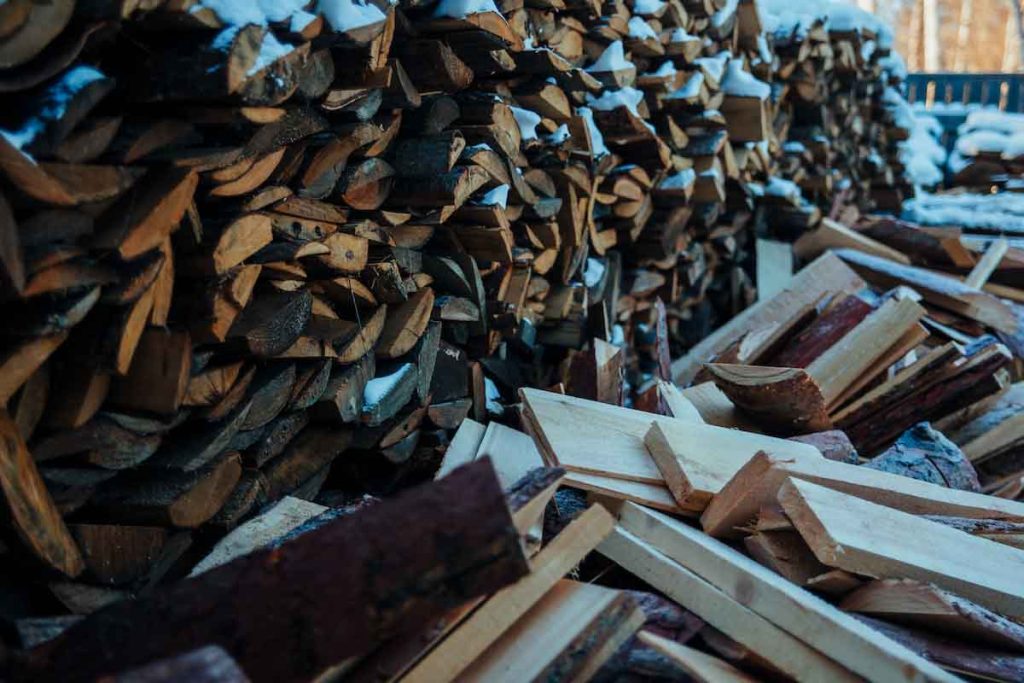
When it comes to buying firewood, there are two main types: hardwood and softwood.
Hardwood comes from deciduous trees such as oak, maple, and birch, while softwood comes from coniferous trees such as pine and spruce.
Hardwood generally burns hotter and longer than softwood due to its denser composition, making it a better choice for heating your home.
Is Firewood Your Primary Heat Source?
If firewood is your primary heat source, it’s important to have a sufficient supply on hand to last through the winter.
Estimating your winter wood consumption can help ensure that you have enough wood to last the season.
8 Questions for Estimating Winter Wood Supply
To estimate your winter wood supply, consider the following questions:
- How much wood do you burn each day?
- How long is your heating season?
- How well-insulated is your home?
- How efficient is your wood stove or fireplace insert?
- Do you have any leftover wood from last winter that you can use this season?
- How much firewood do you currently have in your possession?
- How easily accessible is your wood supply?
- How much wood can your storage area hold?
How Good Is Your Wood Stove?
The efficiency of your firewood stove or fireplace insert can have a big impact on how long does a cord of wood last. A high-efficiency stove or insert will burn wood more efficiently, meaning you’ll use less wood to heat your home.
How Do I Store a Cord of Firewood?
Properly storing your full cord of firewood is important to ensure it stays dry and well-seasoned.
It’s best to store your dry wood off the ground and in a well-ventilated area, such as a wood shed or covered area.
Properly storing firewood can effectively prevent it from toppling over and sustaining damage.
How Much Does a Cord of Wood Weigh?
A cord of dry wood generally weighs between 2,500 to 5,000 pounds, which can vary based on the wood species and the density of the stacking. Therefore, it is crucial to verify that your fireplace insert is rated to support the weight of a full cord of wood.
How Big Is Your Home?
The size of your home and the number of rooms you need to heat will impact how much firewood you need to get through the winter.
Estimating your wood needs based on your specific situation is important to ensure that you have enough wood to last the season.
How Much Does a Full Cord of Firewood Cost?

The cost of a full cord of firewood will vary depending on the species of wood and your location.
On average, a full cord of firewood can cost between $200 and $500. It’s important to ensure that you’re getting a fair price for your wood and that it’s properly seasoned.
Is the Wood Seasoned?
Properly seasoned wood is important for both efficiency and safety. Unseasoned wood can cause a buildup of creosote in your chimney, increasing the risk of a chimney fire.
Additionally, unseasoned wood will burn less efficiently, meaning you’ll use more wood to heat your home.
It’s important to ensure that your firewood is properly seasoned before using it as a heat source.
Keep Insulation in Top Order?
Insulation is one of the most important factors in keeping your home warm and comfortable during the colder months.
If your insulation is not in top order, you could be losing valuable heat and causing your fireplace insert to work harder than it needs to.
Ensuring adequate insulation throughout your home, particularly in areas such as the attic, walls, and basement, is crucial. This helps maintain energy efficiency and thermal comfort while minimizing heat loss or gain.
Adding insulation to these areas can help reduce your overall heating costs and make your firewood supply last longer.
Is Firewood Heating Cheaper?
Firewood heating can be a cost-effective way to heat your home, especially if you have access to a reliable and affordable source of wood.
However, it’s important to consider the cost of the wood and any maintenance or repairs needed for your fireplace insert.
In addition, it’s important to factor in the time and effort required to chop and store more firewood.
Overall, firewood heating can be a great way to save money on heating costs, but it’s important to weigh the wood costs and benefits before making a decision.
Are You Burning Through the Day?
Burning more wood throughout the day can quickly use up your wood supply, especially if you have a large home or a less efficient fireplace insert.
It’s important to only use your fireplace insert as needed, and to avoid leaving it burning when you’re not home or when you’re asleep.
By conserving your wood supply in this way, you can make it last longer and reduce the overall cost of heating your home.
Use High-Performance Stove
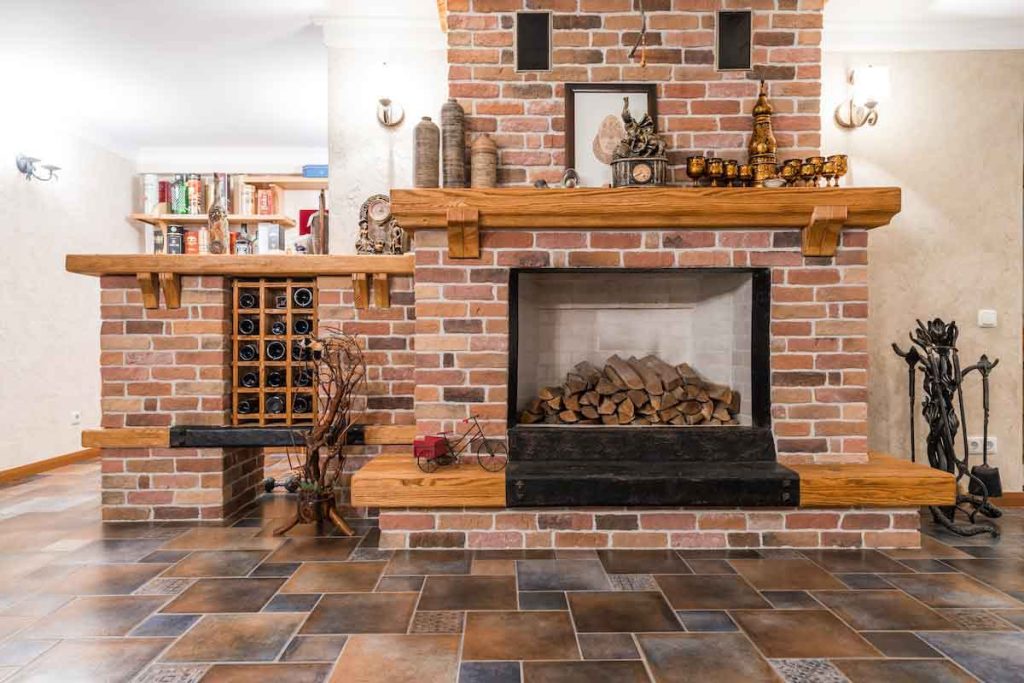
Using a high-performance fireplace insert can significantly increase the efficiency of your wood burning and reduce the amount of wood needed to heat your home.
When searching for stoves and inserts, prioritize those with high EPA efficiency ratings. These models are designed with specific engineering to maximize the efficiency of wood burning, leading to decreased emissions of smoke and pollutants.
While these stoves and inserts can be more expensive up front, they can save you money in the long run by reducing your overall wood usage and improving your heating efficiency.
Do You Have Good Insulation?
As mentioned earlier, good insulation is key to reducing your wood heating costs and making your wood supply last longer.
If you have concerns about the quality of your insulation, it is advisable to arrange an energy audit for your home. By conducting this assessment, you can effectively identify areas within your home where heat may be escaping and determine the need for additional insulation. This will help optimize energy efficiency and enhance thermal comfort.
How Often Does It Get Below 15 Degrees Fahrenheit?
The frequency of below-freezing temperatures in your area can have a significant impact on how much cord wood you need to get through the winter.
In areas where temperatures frequently drop below 15 degrees Fahrenheit, you may need a larger wood supply to last through the season.
It’s important to factor in these temperatures when estimating your winter wood supply, and to plan accordingly.
Use Hardwood
Using seasoned hardwood is a great way to reduce the amount of wood needed to heat your home.
Hardwood generally burns hotter and longer than softwood, making it a more efficient fuel source.
While hardwood can be more expensive than softwood, it can save you money in the long run by reducing your overall wood usage and improving your heating efficiency.




